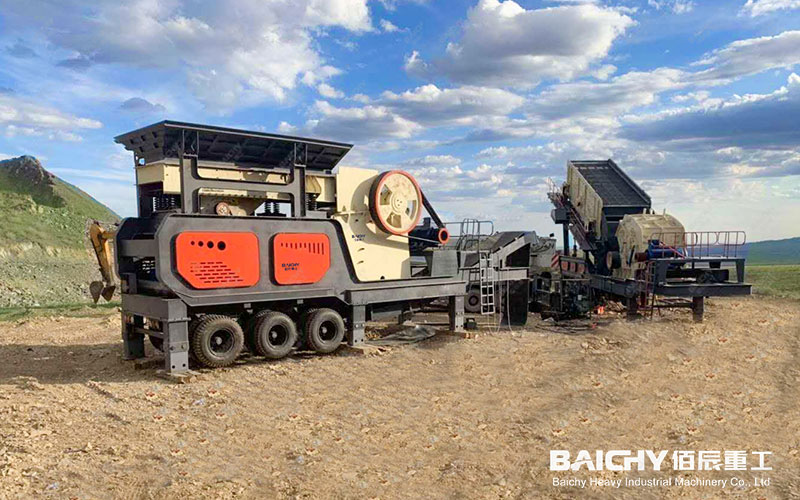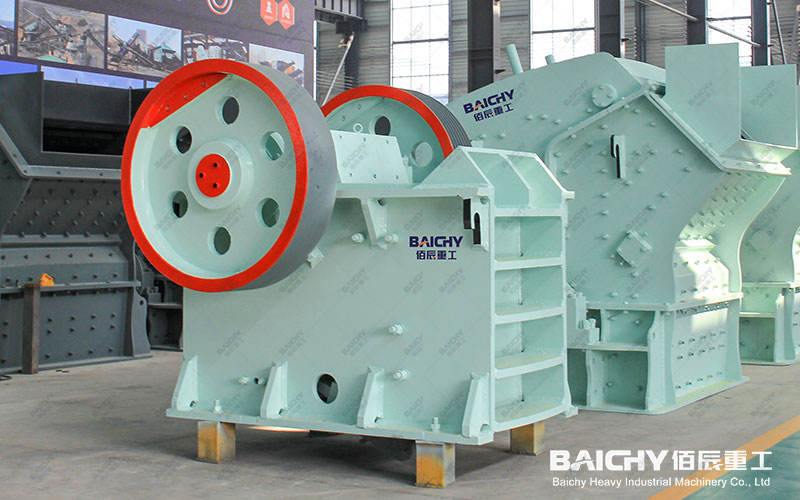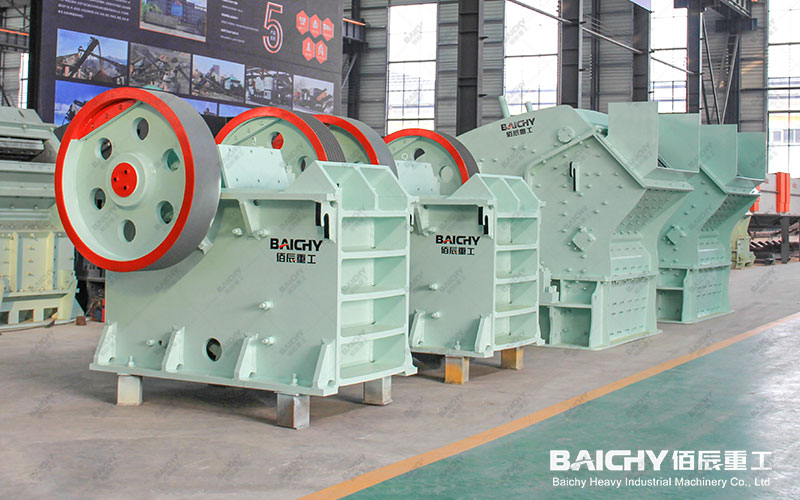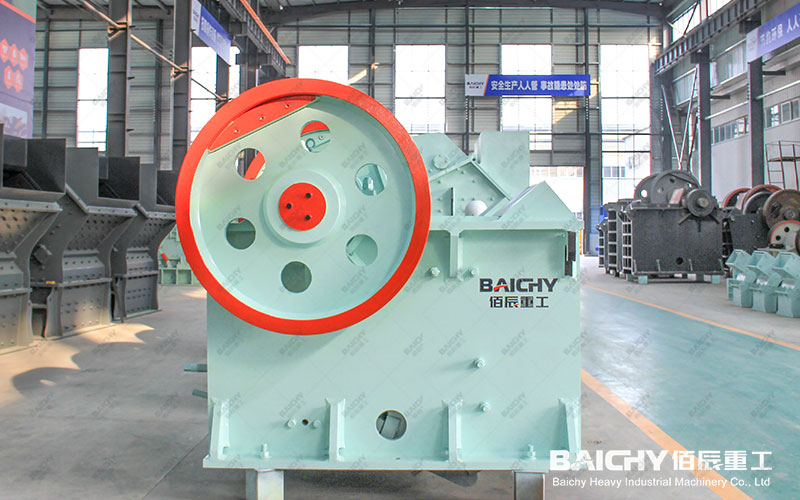
Have you ever encountered this dilemma on your production line: your critical YK vibrating screen suddenly experiences a sharp drop in screening efficiency, its fine mesh clogged with material. Not only does production fall behind, but frequent downtime for cleaning is a real headache. Screen blockage is one of the most common faults with YK series circular vibrating screens, but resolving it is easy. This article provides a complete guide from causes to solutions, helping you put an end to blockages.
1. Tracing the Root: Why Does the YK Vibrating Screen Clog?
Knowing yourself and your enemy ensures victory in every battle. To resolve blockages, you must first understand the root cause:
1. Material Properties: High moisture content and high viscosity are the primary culprits of blockage. Wet materials tend to clump together, blocking the mesh.
2. Static Electricity: When screening certain dry, lightweight powders (such as resins and pigments), static electricity is easily generated, causing the material to adhere to the screen.
3. Improper Screen Parameters: Improper mesh shape and size, or insufficient tension, prevent the screen from effectively lifting material during vibration, exacerbating clogging.
4. Improper Feeding Method: Excessive material is fed in too quickly, resulting in a thick layer of material. Fine particles in the lower layer cannot pass through the screen quickly, accumulating on the screen surface and causing clogging.
5. Poor Vibration Parameters: Insufficient excitation force or an unsatisfactory vibration trajectory from the vibrating motor prevents effective ejection force and self-cleaning capabilities.
II. Targeted Solutions: Ten Practical Solutions and Preventative Measures
To address the above causes, we can take the following immediate measures:
Solution (If a clogging has already occurred):
1. Physical Cleaning: After shutting down the machine, clean the back of the screen using a soft brush, rubber hammer, or high-pressure air gun. Be sure not to use metal tools to avoid damaging the screen.
2. Dry Material Clearing Method: For dry powders that are subject to static electricity, place anti-static cloth or install an ionizing air wand under the screen to effectively eliminate static electricity.
3. Wet Material Blockage Clearing Method: For wet materials, consider installing an ultrasonic screen cleaning system. High-frequency ultrasonic vibrations can effectively break up adherent materials and are the ultimate solution for clogging with highly viscous materials.
4. Selecting the Right Screen:
◦ Material: For sticky materials, choose smooth, non-sticky materials such as stainless steel or polyurethane.
◦ Shape: Try using rectangular holes or perforated plate instead of square woven mesh to effectively reduce material jamming.
5. Adjusting Screen Parameters:
◦ Inclination: Appropriately increase the screen box's installation angle to increase material flow rate, but be aware that this may slightly affect screening accuracy.
◦ Vibration Force: Within the equipment's permitted range, appropriately adjust the vibration motor's excitation force to enhance material throwing and stratification.
6. Improve Feeding Method: Ensure that material is fed evenly and continuously to the center of the screen surface, avoiding impact feeding or concentrated feeding on one side.
7. Install a screen cleaning device:
◦ Bouncing ball cleaning system: Bouncing balls are installed between the screen and the support mesh. During operation, the balls continuously impact the screen, effectively cleaning the screen. This is one of the most cost-effective anti-clogging solutions.
◦ Rotating brush system: A slowly rotating soft brush is installed on the screen surface to continuously clean the screen.
8. Control material condition:
◦ For wet materials: If the process allows, pre-dry the material.
◦ For mixed materials: If the material consists of particles of different sizes and specific gravities, pre-screening can be considered to reduce the burden on the fine screen.
9. Maintain screen tension: Regularly check and ensure the screen is properly tensioned. A loose screen will seriously affect vibration transmission and self-cleaning performance.
10. Establish a regular maintenance system: Based on the characteristics of the material, establish a regular downtime inspection and cleaning schedule to prevent problems before they occur. YK vibrating screen mesh can achieve efficient and continuous production through systematic analysis of material characteristics, scientific selection of screen accessories, installation of screen cleaning devices, and optimization of operating parameters. We hope this guide will help you find the most suitable solution, revitalize your YK vibrating screen, and safeguard your production line!











